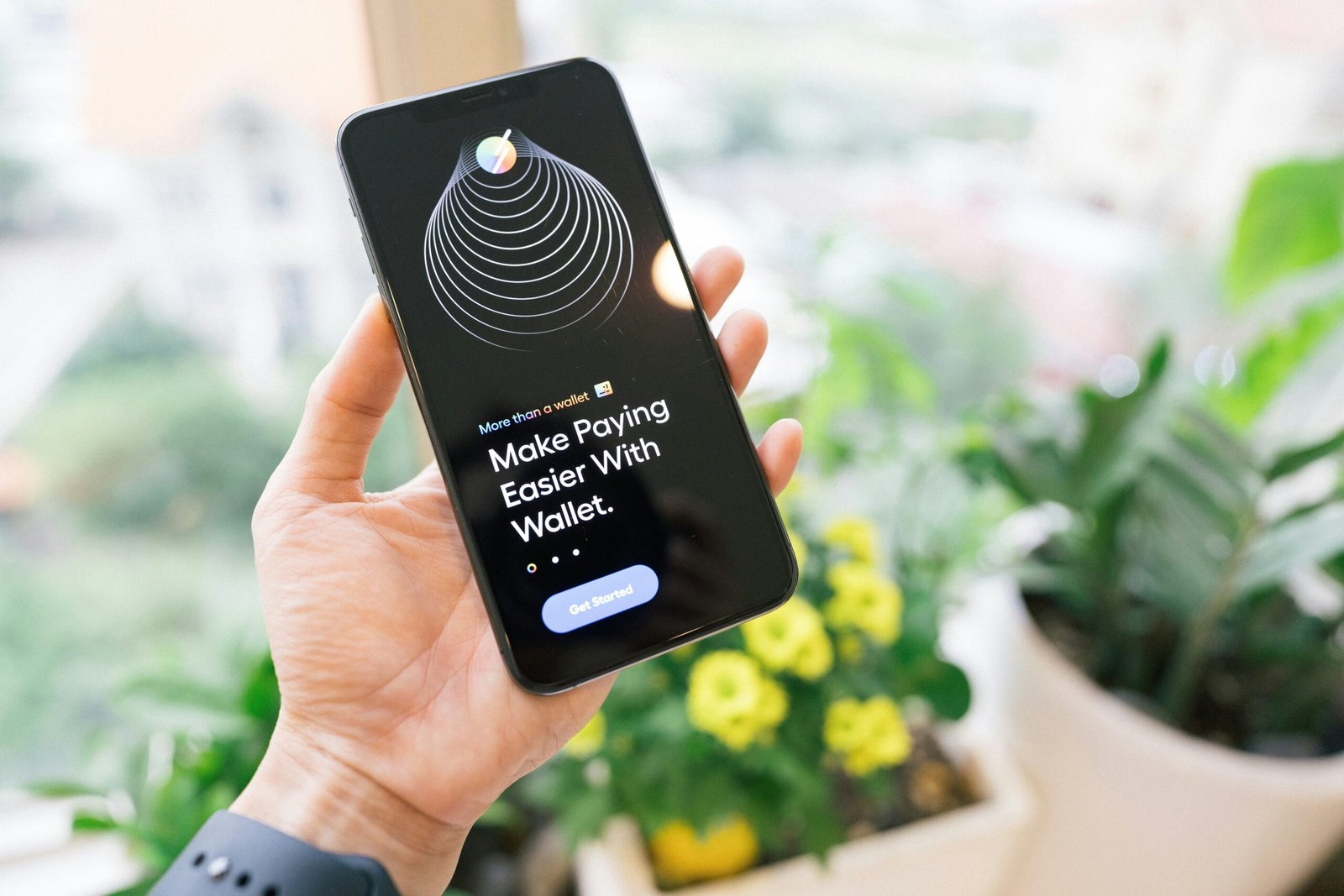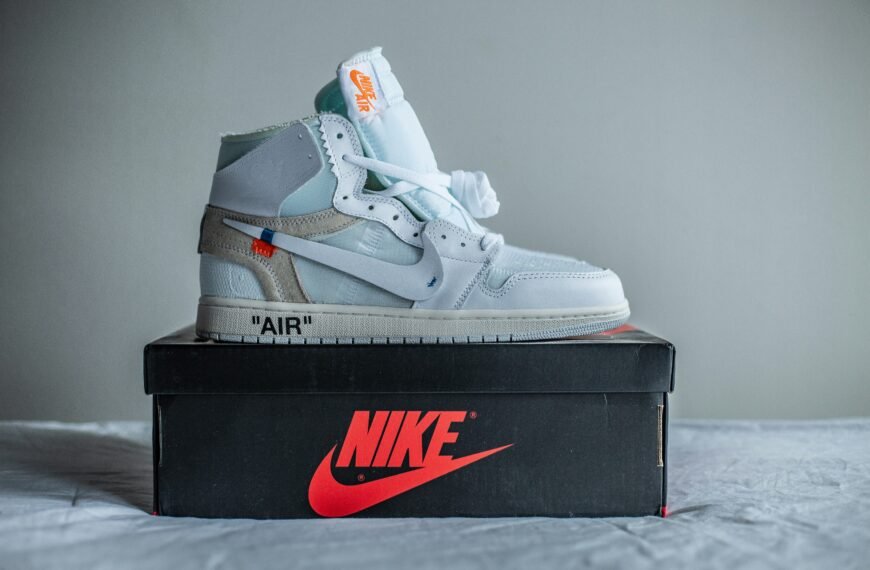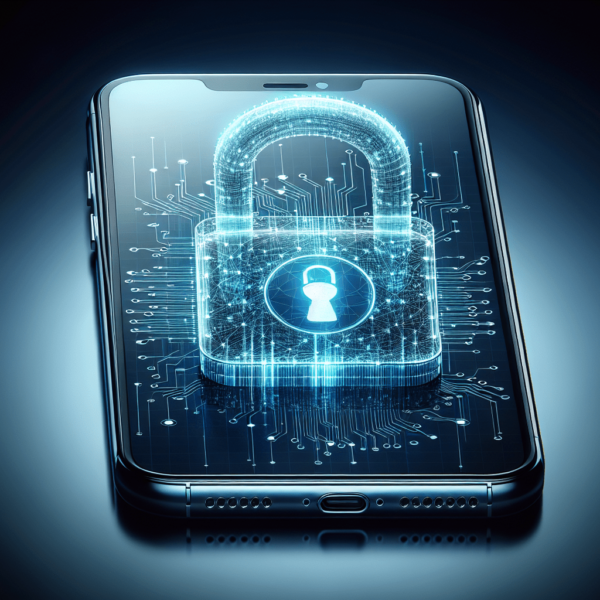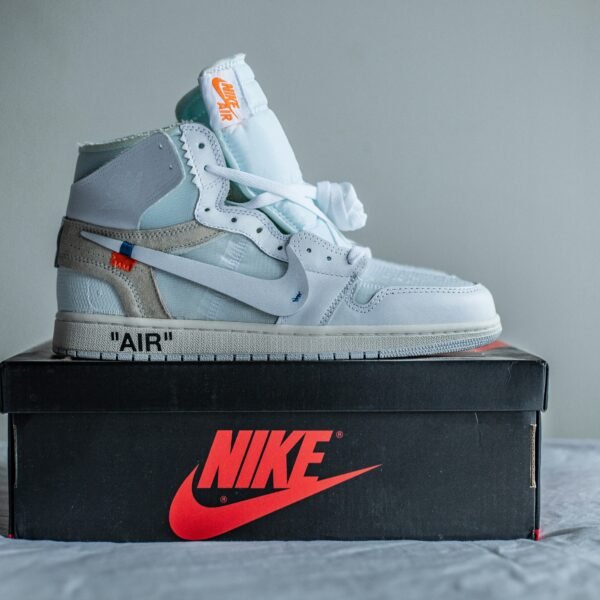Imagine this scenario: you’re in a frantic rush to leave the house for an important appointment, and you suddenly realize your iPhone is nowhere to be found. Panic sets in as you quickly realize that you haven’t enabled the “Find My iPhone” feature. But fret not! In this article, we will reveal some clever techniques on how to track down your beloved iPhone without relying on the “Find My iPhone” app. So, take a deep breath and let’s get started on this quest to reunite with your precious device.
Use iCloud
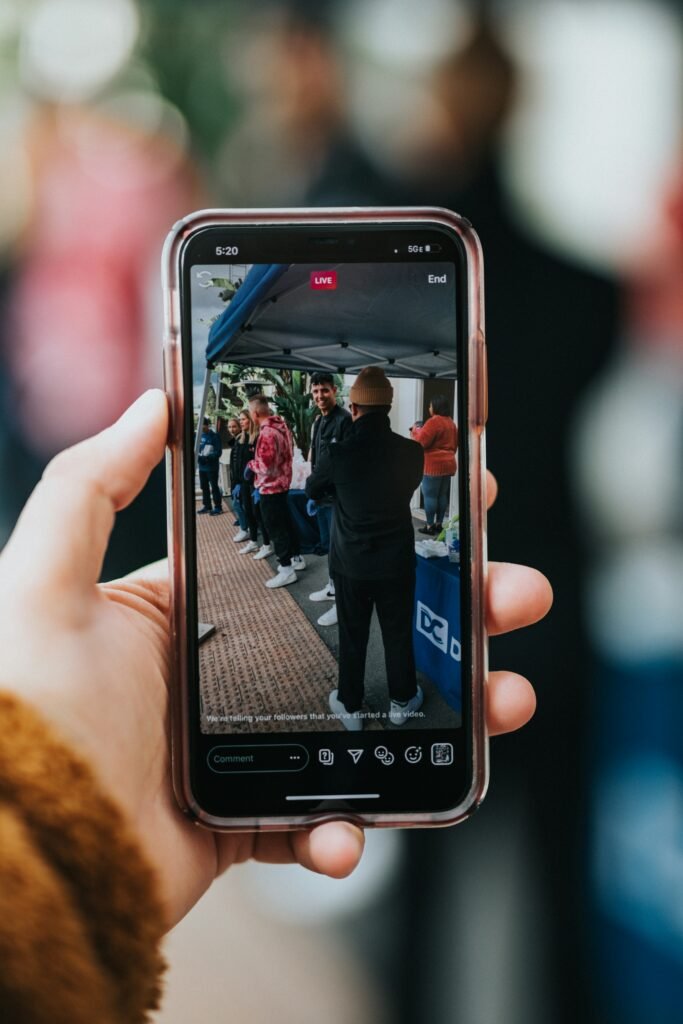
Check Find My iPhone status
If you’ve misplaced your iPhone and find yourself without the Find My iPhone app, don’t worry! You can still utilize the power of iCloud to help locate your precious device. The first step is to check the Find My iPhone status on your iCloud account. To do this, simply log in to your iCloud account on a computer or another iOS device and navigate to the Find iPhone section. Here, you can check if the Find My iPhone feature is enabled or disabled. If it’s enabled, you’re in luck, as it will significantly increase your chances of finding your iPhone.
Use Find My iPhone on a computer
If the Find My iPhone feature is enabled on your iCloud account, you can use it on a computer to locate your lost iPhone. Log in to your iCloud account on any desktop or laptop computer and access the Find iPhone section. From there, you’ll be able to see the approximate location of your iPhone on a map. You can also use other features like playing a sound on your device, putting it in lost mode, or even remotely erasing its data if you believe it has fallen into the wrong hands.
Use Find My iPhone on another iOS device
In case you don’t have immediate access to a computer but have another iOS device handy, you can use that device to track down your misplaced iPhone. Simply open the Find My iPhone app on the alternate iOS device and log in with your iCloud credentials. Once logged in, you’ll be able to see your iPhone’s location on a map, just like you would on a computer. Take advantage of the various features available in the app to help find your iPhone and ensure its safety.
Use Find My iPhone on a friend’s device
If you don’t have another iOS device or computer readily available, don’t fret. You can ask a friend, who has the Find My iPhone app installed on their device, to help you locate your misplaced iPhone. Simply have your friend login to their iCloud account through the Find My iPhone app and use it to track the location of your device. It’s important to remember that this method requires trust, so make sure you ask someone you can rely on.
Use Google Maps
Check if location history is enabled
Google Maps can also be a useful tool when it comes to finding a lost iPhone. Before you can take advantage of its features, ensure that your iPhone has location history enabled. To check this, open the Settings app on your iPhone, scroll down to Privacy, and then tap on Location Services. Inside this menu, locate Google Maps and ensure that it is set to “Always” for location access. This ensures that Google Maps can record your iPhone’s location history, which can be crucial when trying to locate a lost device.
Access Google Maps timeline
Once you’ve confirmed that location history is enabled, it’s time to access Google Maps and utilize its timeline feature. Open the Google Maps app on your iPhone and tap on the hamburger menu located at the top left corner of the screen. From there, tap on “Your timeline” to access the timeline feature. Google Maps will display a chronological sequence of your iPhone’s recent locations based on its location history. This can help you retrace your steps and potentially locate your lost iPhone.
Check recent locations
Within Google Maps timeline, you’ll be able to see a list of recent locations your iPhone has been to. Scroll through the timeline and identify any familiar places or areas where you might have misplaced your device. By cross-referencing your activities or events during the time of the loss, you may be able to narrow down the possible locations of your iPhone. This can be especially helpful if you can remember specific places you visited before discovering that your iPhone was missing.
Use Google Maps on another device
If you don’t have access to your lost iPhone but have another device handy, such as a computer or another iOS device, you can still use Google Maps to help locate your phone. Simply log in to your Google account and access Google Maps on the alternate device. From there, you can access the timeline feature and view your iPhone’s recent locations, just as you would on your own device. This method can be particularly useful when you need to access Google Maps’ functionalities but cannot do so directly on your lost iPhone.
Check with your Wireless Carrier
Contact customer support
If you’ve been unable to track down your lost iPhone using iCloud or Google Maps, it’s time to contact your wireless carrier for further assistance. Reach out to your carrier’s customer support team and explain the situation to them. They may have additional resources or methods to help locate your iPhone. Be sure to provide them with any relevant information, such as your iPhone’s serial number or IMEI number, as this can aid their investigation and increase the chances of finding your device.
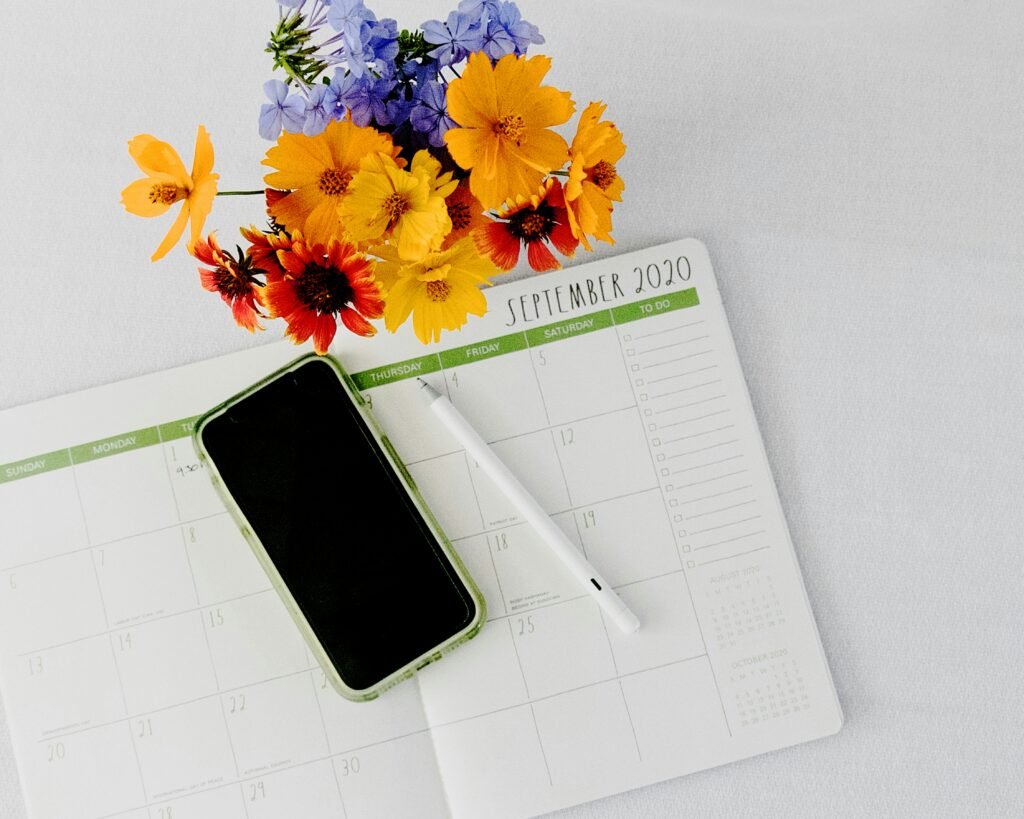
Check if they can locate your iPhone
Once you have connected with your carrier’s customer support, inquire if they have the capability to locate your iPhone. Some carriers may have specialized tools or services that can assist in tracking down lost devices. They may also be able to provide you with information regarding the last known location of your iPhone based on network records. Collaborating with your wireless carrier can be a valuable step in the search for your lost iPhone.
Request assistance from your carrier
In addition to locating your iPhone, your carrier may also be able to provide further assistance. They can help you with any security or privacy concerns you may have, such as suspending your service temporarily to prevent unauthorized usage. You can also discuss available options for replacing your lost iPhone or handling insurance claims if necessary. Remember to communicate your needs clearly and work in tandem with your carrier to find the best solution.
Check with Law Enforcement
File a police report
If you have reason to believe that your lost iPhone was stolen or involved in a criminal act, it’s crucial to involve law enforcement. Contact your local police department and file a report regarding the theft or loss of your iPhone. Provide them with any details you have, such as the date, time, and possible location of the incident. A police report creates an official record of the theft or loss, which can aid in the investigation and potentially increase the chances of recovering your iPhone.
Provide them with relevant information
When filing a police report, ensure that you provide law enforcement with any relevant information about your lost iPhone. This includes details such as the make, model, and serial number of the device. If you have enabled any tracking features or have utilized iCloud or Google Maps, share this information with the authorities as well. The more details you can provide, the better equipped law enforcement will be to assist in the search for your iPhone.
Cooperate with the investigation
Once you have filed a police report, it’s important to cooperate fully with law enforcement during the investigation. This may involve providing additional information or assisting in any way necessary. Stay in regular communication with the assigned officer or detective, updating them on any new developments or information that may arise. While it can be a frustrating and lengthy process, working together with law enforcement can greatly increase the likelihood of recovering your lost or stolen iPhone.
Check Nearby Apple Stores
Visit Apple Stores in your area
Apple Stores can be valuable resources when it comes to locating a lost iPhone. Make a list of the Apple Stores in your vicinity and pay them a visit. Explain your situation to the Apple Store employees, emphasizing the importance of finding your lost device. They may have access to additional resources or special procedures to aid in locating your iPhone. By seeking assistance directly from the experts, you’ll be tapping into the knowledge and support of Apple’s dedicated team.
Ask if they can help locate your iPhone
Once inside an Apple Store, don’t hesitate to ask the staff if they can help you locate your missing iPhone. They may be able to track down your device through Apple’s internal systems or provide guidance on alternative methods to find it. Apple Stores also have access to advanced diagnostic tools that may assist in finding your iPhone. Remember to provide them with any necessary details and proof of ownership, such as the device’s serial number or purchase receipt.
Provide necessary details and proof of ownership
When seeking assistance from an Apple Store, it’s important to provide them with all the necessary details and proof of ownership. This helps establish that the iPhone you’re searching for is indeed yours. Bring any documentation you have, such as the original purchase receipt, insurance information, or proof of iCloud ownership. Additionally, if you have already utilized features like Find My iPhone, iCloud, or Google Maps, share this information with the Apple Store staff. The more evidence you can provide, the better equipped they will be to assist you.
Utilize Social Media
Post about your lost iPhone on social media
Social media platforms can be powerful tools for reaching a large audience and seeking help in locating a lost iPhone. Craft a detailed post on your preferred social media platform, explaining the situation and appealing for assistance. Include relevant information such as a description of your iPhone, any distinguishing features, and the last known location if available. Urge friends, family, and followers to share your post to increase its reach and hopefully generate leads in the search for your iPhone.
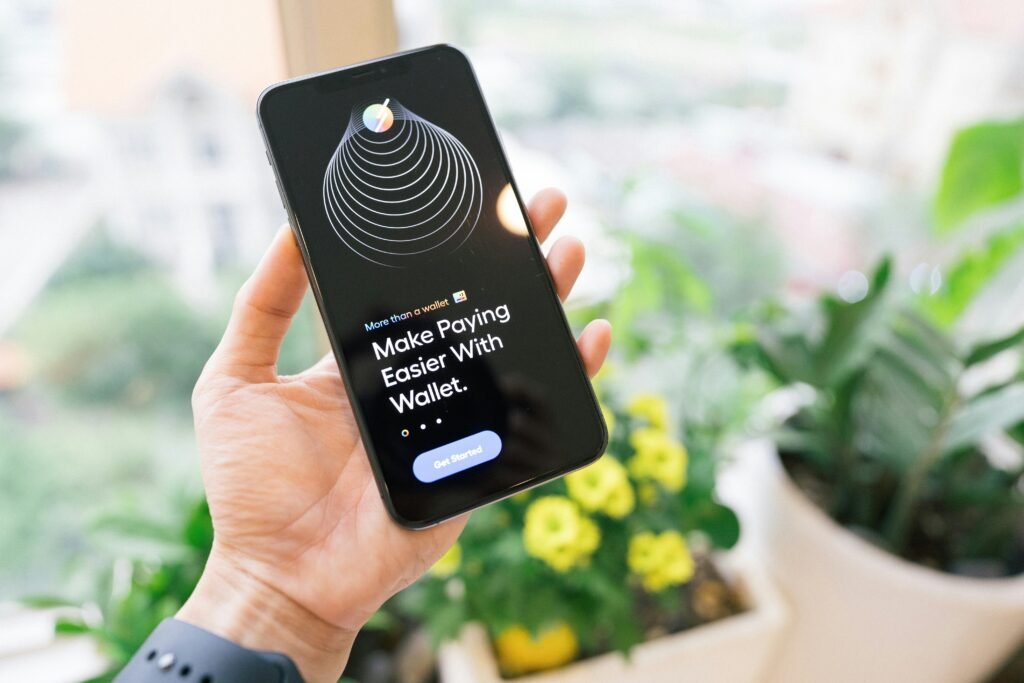
Ask for help and share relevant information
In addition to posting about your lost iPhone, don’t be afraid to directly reach out to your social media connections for assistance. Send private messages or make personal appeals to friends, acquaintances, or colleagues who may be able to help. Share any relevant information you have, such as the timeline of events leading up to the loss or any potential leads. Remember to stay active on social media, regularly checking for any updates or sightings that may arise from your posts.
Check for any updates or sightings
As you utilize social media to seek help in finding your lost iPhone, be vigilant in checking for any updates or sightings that may be shared. Stay connected with the individuals who have shown support or expressed interest in assisting you. They may come across valuable information or spot your iPhone in unexpected places. By remaining actively engaged on social media, you maximize the chances of receiving timely updates and potentially recovering your lost iPhone.
Use Third-Party Tracking Apps
Install a reputable tracking app
If you didn’t have the Find My iPhone app installed on your iPhone or it was disabled before it went missing, you can still leverage third-party tracking apps to locate your device. Install a reputable tracking app from the App Store that offers robust features and positive user reviews. Some popular options include “Find My Device” or “Find My Phone.” These apps work similarly to Apple’s Find My iPhone and can help you track down your misplaced device using their own tracking algorithms.
Enable location tracking
Once you have installed a third-party tracking app, ensure that you enable location tracking for the app to function properly. Open the app’s settings and grant it permission to access your iPhone’s location. This will allow the app to continually track your device and provide you with accurate information regarding its whereabouts. Be mindful of any privacy concerns and only install apps from trusted developers to protect your personal data.
Track your iPhone using the app’s features
Once you have the third-party tracking app set up and location tracking enabled, you can begin using its features to locate your iPhone. Most tracking apps offer similar functionalities to Find My iPhone, such as displaying the device’s location on a map, playing sounds to help you locate it, or remotely locking or erasing its data for security purposes. Familiarize yourself with the app’s features and utilize them to their fullest extent to increase the chances of successfully finding your lost iPhone.
Contact Apple Support
Reach out to Apple Support
If all else fails and you’re still unable to locate your lost iPhone, it’s time to reach out to Apple Support for assistance. Contact Apple’s customer support through their official website or by phone and explain the situation to them. They may have alternative methods or specialized tools to help locate your device. Stay patient and open-minded during the conversation, as the support representative will guide you through the available options and provide recommendations based on your specific circumstances.
Provide necessary details and proof of ownership
When contacting Apple Support, be prepared to provide them with any necessary details and proof of ownership. This helps establish that the device you’re discussing is rightfully yours. Have your iPhone’s serial number or IMEI number ready, as this information is essential for verifying ownership. Additionally, if you have previously utilized Apple’s Find My iPhone or iCloud services, inform Apple Support about these efforts and share any relevant information that may aid them in locating your iPhone.
Ask if they have any alternative methods to locate your iPhone
Engage in a conversation with Apple Support regarding alternative methods to locate your lost iPhone. Apple may have additional tools or data that can assist in the search. Ask if they can track your device using any unique identifiers associated with your account or if they can provide any insights based on the usage patterns of your iPhone. The experts at Apple Support possess extensive knowledge and experience, making them a valuable resource in your quest to find your lost iPhone.
Inform iCloud Activation Lock
Report your lost iPhone to iCloud Activation Lock
To provide an added layer of security for your lost iPhone, it’s crucial to report it to iCloud Activation Lock. This feature prevents another individual from activating your device without your consent, rendering it useless for unauthorized users. To do this, log in to your iCloud account on a computer or another iOS device and navigate to the Find iPhone section. From there, select your lost iPhone and enable Lost Mode. This will activate iCloud Activation Lock and prompt anyone who finds your iPhone to contact you.
Enable Lost Mode for additional security
While reporting your lost iPhone to iCloud Activation Lock, take advantage of the Lost Mode feature to maximize security. When enabling Lost Mode, you can set a custom message to display on your iPhone’s lock screen, providing contact information for you or an authorized individual. This allows a Good Samaritan who finds your iPhone to easily contact you and return the device. Additionally, Lost Mode will track the location of your iPhone whenever it connects to a network, providing you with valuable information on its whereabouts.
Wait for any potential updates or notifications
Once you have activated Lost Mode and reported your lost iPhone to iCloud Activation Lock, it’s time to be patient and wait for potential updates or notifications. If your iPhone is picked up by someone who intends to return it, they will have the means to reach out to you using the contact information displayed on the lock screen. Additionally, iCloud Activation Lock will continue to track the location of your iPhone and provide updates on its whereabouts whenever it is connected to the Internet. Stay vigilant and be prepared to act promptly upon receiving any notifications.
Personal Investigations
Retrace your steps
When all else fails and you still haven’t located your lost iPhone, it’s time to embark on a personal investigation. Start by retracing your steps and revisiting the locations where you think you might have misplaced your device. This can be places like your home, workplace, or any other areas you frequent regularly. Pay attention to any potential hiding spots or areas where your iPhone could have been accidentally left behind. This hands-on approach can often be a simple yet effective way of finding a lost iPhone.
Check for any misplaced or forgotten locations
During your personal investigation, don’t overlook the possibility of misplaced or forgotten locations where your iPhone may have ended up. Look for areas that you might not typically associate with losing your device, such as drawers, pockets of clothing, or even between couch cushions. Our memories can sometimes play tricks on us, so it’s essential to double-check these unconventional spots to eliminate any possibilities. Remember, sometimes the simplest solution is the most effective one.
Ask friends, family, or coworkers if they have seen your iPhone
In the process of searching for your lost iPhone, don’t hesitate to seek assistance from those around you. Reach out to friends, family, or coworkers and ask if they have seen or come across your missing device. They may have noticed something you missed or have information on its possible whereabouts. By enlisting the help of others, you broaden your search efforts and increase the likelihood of locating your iPhone. Be grateful for any support and express your appreciation for their help during this challenging time.
In conclusion, losing your iPhone can be a distressing experience, but there are several steps you can take to increase your chances of finding it. Start by utilizing iCloud and the Find My iPhone feature to track the device’s location or remotely secure it. If that proves unsuccessful, turn to Google Maps and its timeline feature to retrace your steps and identify potential lost locations. Contacting your wireless carrier can provide additional resources and assistance, while involving law enforcement can be crucial in cases of theft. Apple Stores, social media, third-party tracking apps, and contacting Apple Support are all viable paths to explore. Finally, remember to inform iCloud Activation Lock and conduct your own personal investigation. With determination and a comprehensive approach, you can greatly enhance the likelihood of finding your lost iPhone.

